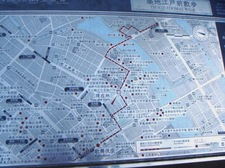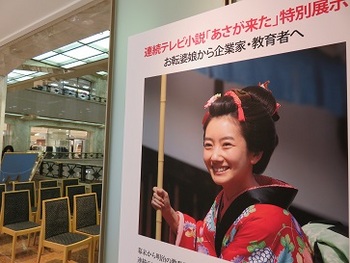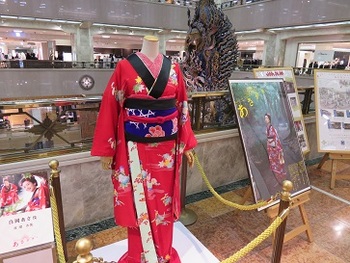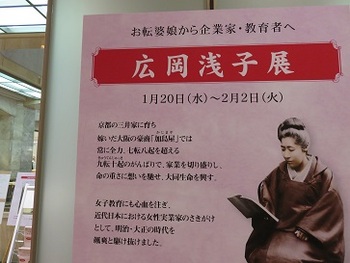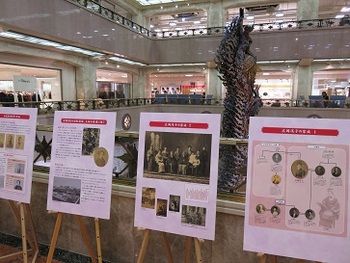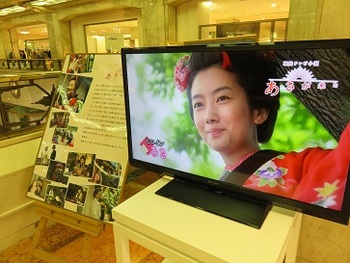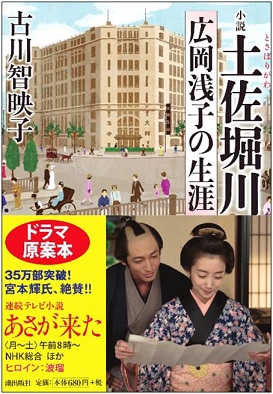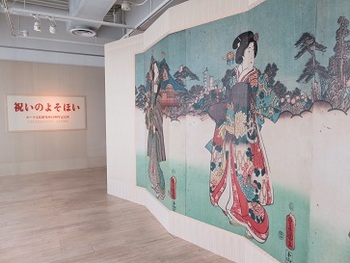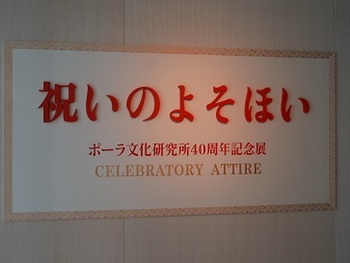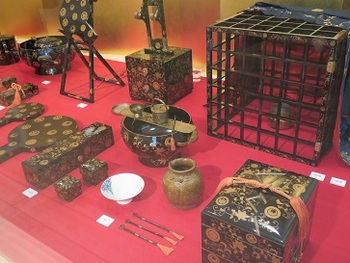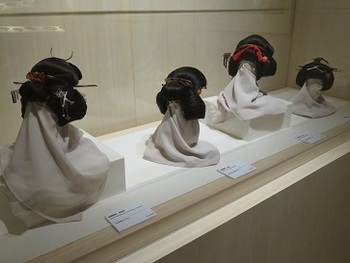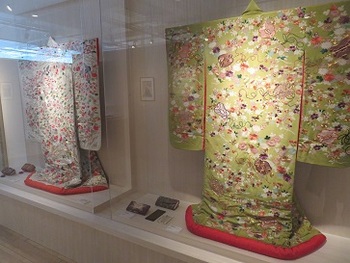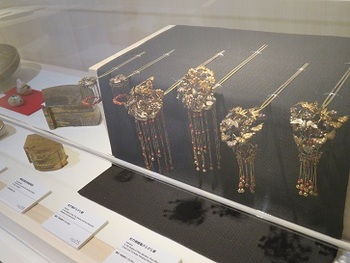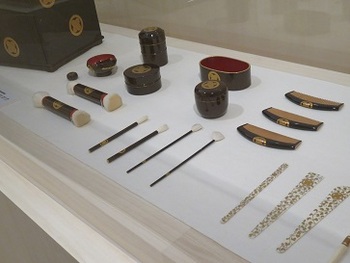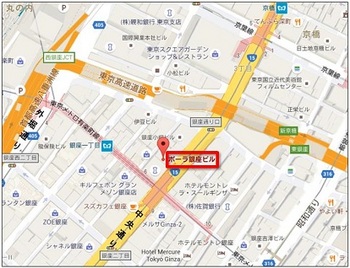The site of Kakigara Ginza
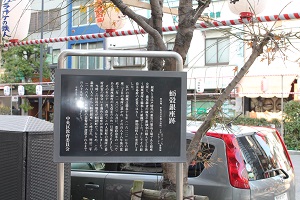
Location Ningyocho, Chuo-ku 1-chome 5, 6, 7, 17, 18th area
Ginza was an organization that collectively referred to as the Ginza Kaisho, a silver coin manufacturing factory in the Edo period, and the Ginza Office, which handles inspection of common silver coins and purchase of silver gold. And the management was not directly managed by the Shogunate, but entrusted to the purvey townspeople.
Ginza in Edo was placed in the current location of Ginza 2-chome in 1612 (1612), and in June 1800 (1800), one of the Kansei reforms, it was once abolished due to a major revision of the Ginza system.
In November of that year, Ginza, which strengthened the degree of direct management of the Shogunate, was re-established in Ningyocho.
At that time, the place name near this area was Kakigara-cho, so this Ginza was called "Kakigara Ginza" by people, and lasted for 69 years until the new government's Mint Bureau was established in 1869 (1869). did.
March, 1993
Chuo-ku Board of Education
Ningyocho-dori St.
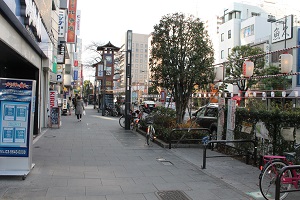
(From the Ningyocho Shopping Street Cooperative website)
Ningyocho is a stylish downtown area of Tokyo with history and tradition in Nihonbashi, the center of Edo.
The stylish neighborhood with a downtown atmosphere is a land that carefully preserves the eight shrines dedicated to the Seven Lucky Gods, centered on the gods of safe birth and child-raising. Touring Seven Lucky Gods with a view of the streets is an easy-to-walk course that takes about two hours and is popular regardless of men and women of all ages.
amazake Yokocho
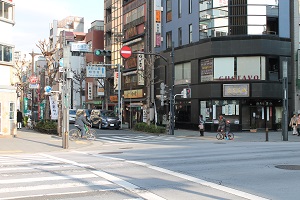
(From the Ningyocho Shopping Street Cooperative website)
In amazake Yokocho, which runs through Meijiza and Hamacho Park, there are many traditional crafts shops and tasty long-established stores that have been around since the Edo period.
The land with the Suitengu Shrine has many pregnant women and families, and the Setouchi City, Ningyo City, and Betta City, which is open every season.
You can feel the seasonal feeling in Japan's unique lifestyle, which is now less felt.
The Land of Rehabilitation of Chinese Medicine
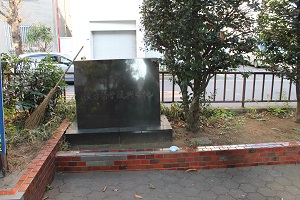 When Chinese medicine was just extinct, Dr. Kei Wada published his own research in 1943 and started to recover Chinese medicine with the funds obtained by diluting clothes and roughing food in this area when Chinese medicine was just extinct. Was.
When Chinese medicine was just extinct, Dr. Kei Wada published his own research in 1943 and started to recover Chinese medicine with the funds obtained by diluting clothes and roughing food in this area when Chinese medicine was just extinct. Was.
He now meets the spirit of revival of Chinese medicine and builds a monument on his old toes to honor his achievements.
October 10, 1978
Japan Society for Oriental Medicine
Toa Medical Association
Japan Society of Medical History
The trace of Kamo Mabuchi Agatai
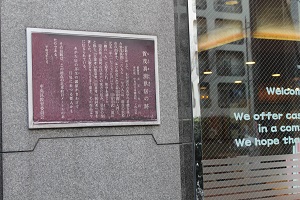
April 1918 designated by Tokyo Metropolitan Government
Location Near 1-4, Nihonbashi-Hamacho, Chuo-ku
Kamono Mabuchi (1697-1769), who laid the foundations of Japanese classical studies through old songs, was born in today's Hamamatsu city. He first went to Kyoto and entered Azumaro Kadano. He descended to Edo in 1737 (1737), and was greeted by Munetake Tayasu (one of the three lords of Tokugawa).
After retirement, he lived east of mountain ascetic hermit Well in Hamacho, called Okina of Agatai, and wrote "Manyo", "Singinging", "Kokumin", "Congratulations", etc. There are also many singing parties, and the work has been handed down to the present.
Agata Ii's Chifu's dew Hara squirrel
You may be a man who will come to see the moon
The historic site is about 100 meters northeast of this point.
July, 1989
Chuo-ku Board of Education
Meijiza
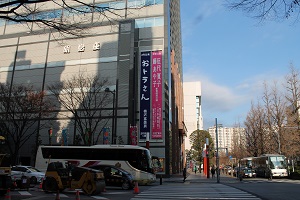 (From the Meijiza official website)
(From the Meijiza official website)
The history of Meijiza dates back to 1873 (1873).
Its predecessor was the so-called "play of three brothers" by Kakuzo Tomita, Fukunosuke, and Kintaro, who were in Ryogoku Hirokoji (Nishi Ryogoku). In this era, there was no name, and it was commonly called a blue sky hut because it was not possible to perform in rainy weather in a playhouse with Yoshizuri.
In September 1872 (1872), performances other than Sanza (Nakamura-za, Ichimura-za, Morita-za = former Morita-za) were permitted by the Tokyo Prefectural Ordinance. Yoshibe Suzuki, who was the gold lord of the "play of the three brothers", applied for the theater, and this is recognized.
The following year, on April 28, 1873 (1873), a theater was set up on the south side of the current Hisamatsu Police Station and opened as Kishoza. This is the beginning of Meijiza.
